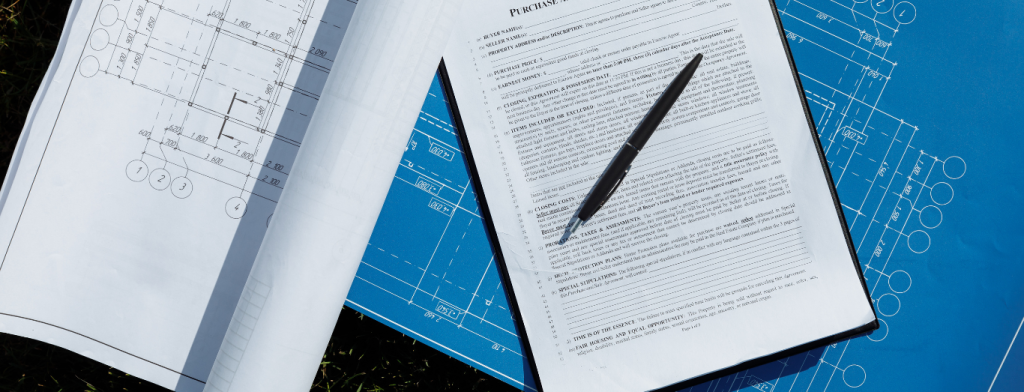
Ferrari & Associates has a long history of working with contractors helping to set up their commercial insurance programs and arrange their bonding facilities. Based on our experience, we have seen that as construction companies grow, they often overlook important items that can significantly impact the business, with construction contract setup being one of the key areas. Properly setting up your contracts is one of those items and we recommend reviewing them with a lawyer as early as possible to help prevent any issues in the future.
Mike Di Pinto, Vice President at Ferrari & Associates reached out to his colleague Lori Goldberg, a Partner at Miller Thomson LLP in the Construction and Infrastructure Group, and who specializes in construction contracts and procurement, for her advice on four items that should be included or reviewed when setting up your contracts. Here’s how to properly set up your construction contracts with owners and subcontractors.
1) Scope of Work and Contract Price.
The parties should ensure that the scope of work and pricing set out in the contract documents accurately reflect what the parties have agreed to, especially where the parties have negotiated a change to one or more the terms or conditions in the contractor’s quote or proposal. The parties should also make sure that the scope of work clearly identifies any items, work, or services that are excluded from the scope of work and contract price to ensure that there is no dispute in the future regarding whether such items, work, or services are part of the contract and included in a fixed contract price.
2) Payment Provisions.
The parties should ensure that the terms of their contract are clear on all invoicing and payment terms. Such clarity should include the specific information and documentation that the owner expects to receive in an application for payment or ‘Proper Invoice’, the clearly defined milestones when the contract is to be paid using milestone payments (e.g. “at the drywall stage” versus “upon the completed installation of the drywall”), and any payment periods that may be shorter than or different from those set out in the applicable statute.
3) Termination.
The parties should pay specific attention to the termination sections of a contract so that they each understand if and when either party has the right to terminate the contract as well as the rights and obligations of both the terminating and terminated party upon termination. In addition to identifying any rights to payment, compensation, and/or setoff, the parties may also want to include terms relating to the delivery of close-out documents (if available) and the assignment of any subcontracts or supply agreements.
4) Insurance.
Each party should review all the insurance requirements set out in the contract with their insurance advisor to confirm that the policies and coverages required by each party are appropriate for that party, the scope of work being performed, and the project as a whole. This review should also involve asking the insurance advisor to review and suggest, if appropriate, any adjustments, modifications, or revisions to the language used in the contract’s insurance sections.
Contact Lori at [email protected] to help draft your contract and any legal related questions. Feel free to reach out to Mike with any bonding and commercial insurance questions you may have.
Mike Di Pinto
Vice President of Construction Insurance
Ferrari & Associates
(647) 824-8410
Lori Goldberg
Partner
Miller Thomson LLC
905.532.6607


